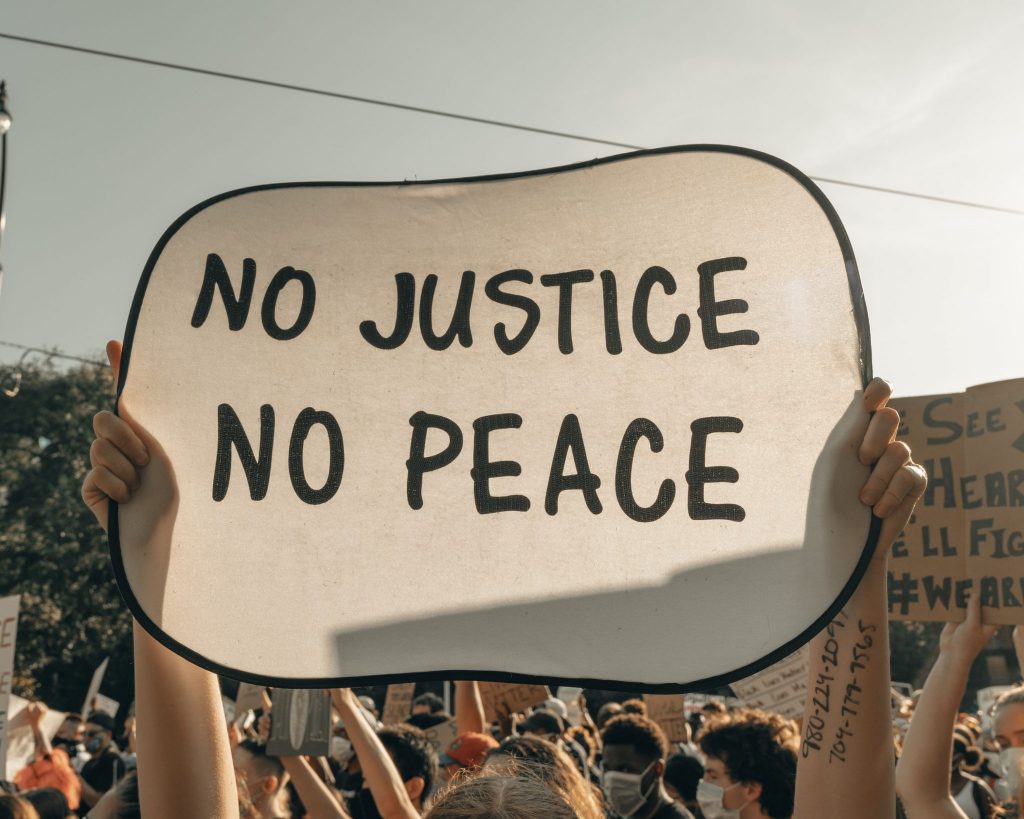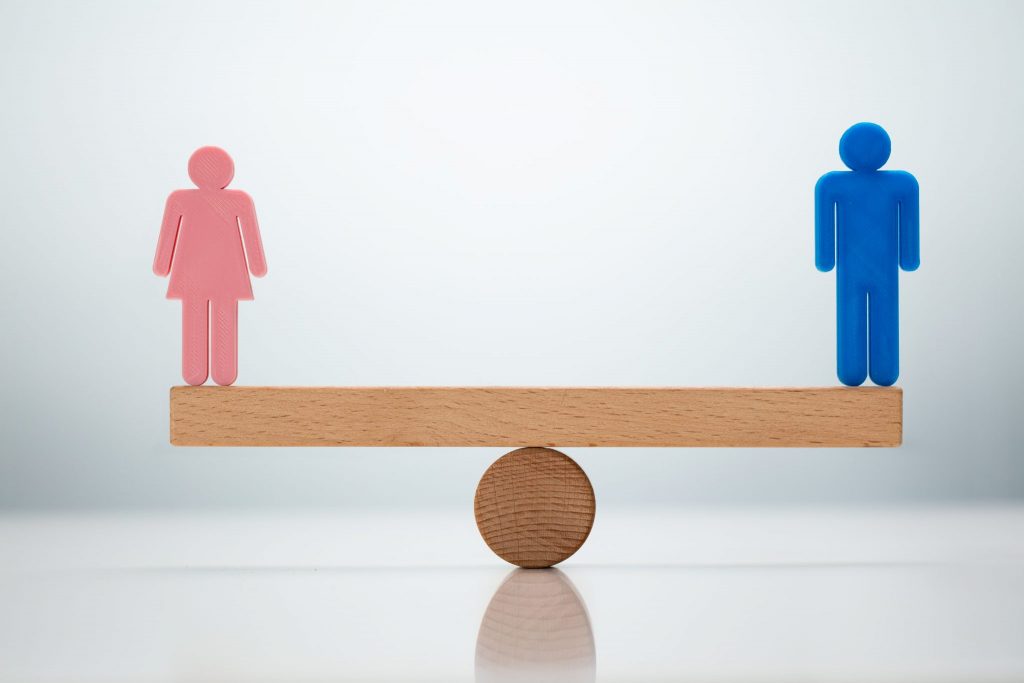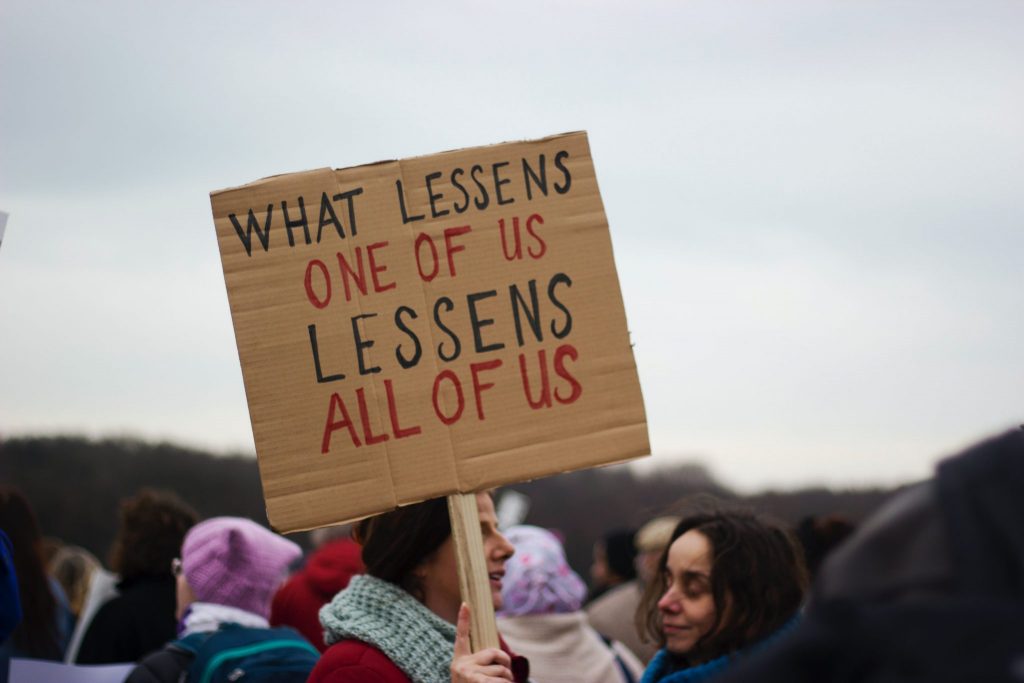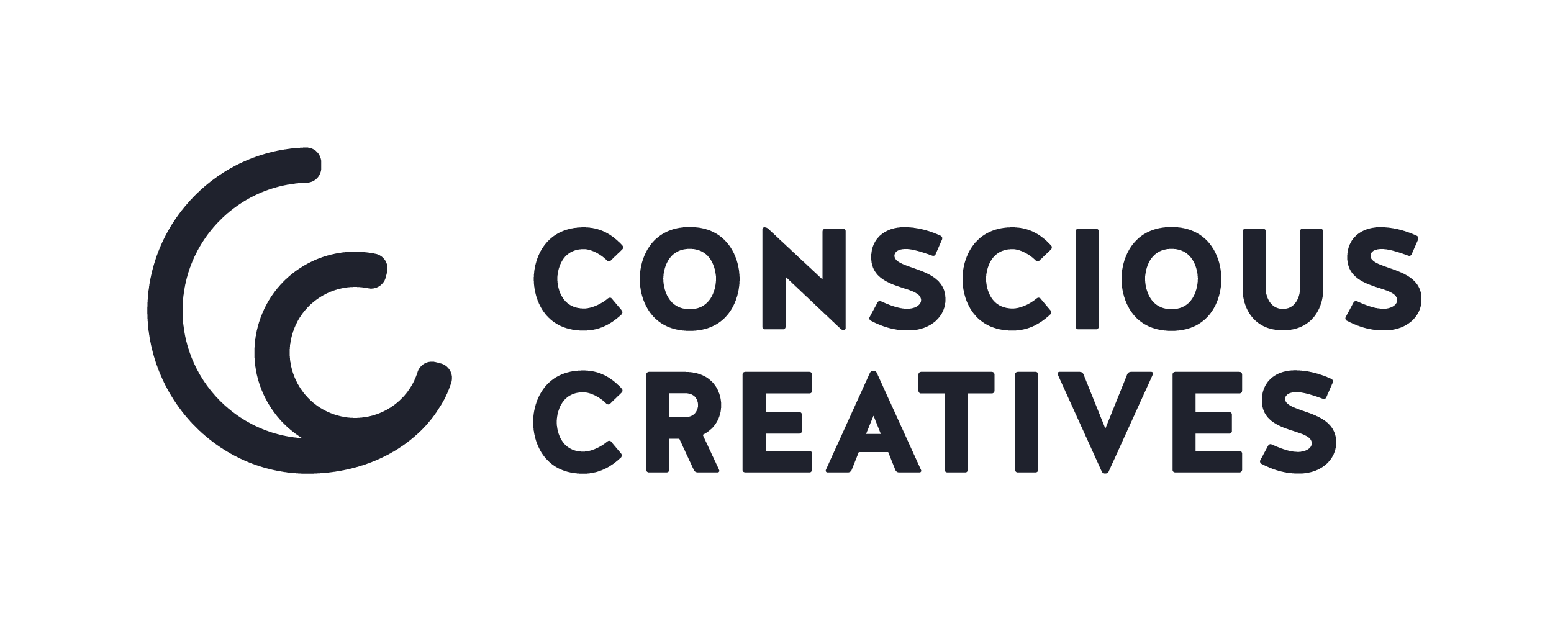A huge part of sustainability, and trying to be more sustainable, is about reducing inequalities. Two of the United Nation’s Sustainable Development Goals are focused specifically on equality: SDG 5 (Gender Equality) and SDG 10 (Reduced Inequalities).
While these focus specifically on equality, all of the Goals have equality in mind. For example, quality education can give children an equal start, and ending hunger and eradicating poverty also make the world a more equal place.
At its heart, sustainability is about equality.
Without equality we cannot thrive and prosper in all aspects. This is not only equality among people, but equality between people and the planet. Sustainability is about equality between ourselves and our present needs and the needs of the planet, of future generations.
In this blog post, I will be discussing in more depth both SDG 5 and SDG 10, about how gender equality and reducing inequality is something we can all work towards, and in doing so, create a thriving future for all.

Sustainable Development Goal 5: Gender Equality
There are many goals set by the UN that aim to increase gender equality, which you can read here. But one that is particularly linked to businesses is the following goal:
Ensure women’s full and effective participation and equal opportunities for leadership at all levels of decision-making in political, economic and public life.
Giving women equal work and leadership opportunities is an essential part of creating both an equal and thriving future. Women’s lack of opportunities and leadership is not only a moral and social issue, but an economic one, too. In a 2015 report from the McKinsey Global Institute (MGI), women’s equality is said to add $12 trillion to global growth.
Despite this huge statistic, women and men still do not have gender equality.
In a recent survey by the Young Women’s Trust, 1 in 5 women say they have been paid less than male colleagues in the workplace to do the same work. Furthermore, 76% of young women aged 18-30 say they think women face discrimination in the workplace, and even more (81%) of women aged 18-25 think so.
These statistics show that while gender inequality has much improved over the years, there is still a journey to go. A good way to start is to really look at your company and ask yourself some questions.
Thinking points
How do you support gender equality in your team?
Are all women and men doing the same or similar work paid equally?
Have you, or could you, invest in digital resources or remote support for women?
Do you discriminate against women because of pregnancy?
How do you support, listen to, and take on ideas by women inside and outside the workplace?

Sustainable Development Goal 10: Reduced Inequalities
Inequality, in all forms, has recently been at a focus more than ever. With Covid-19 putting a light on existing inequalities, we have seen how the hardest hit have been those who are most vulnerable.
Inequality is growing for more than 70% of the world’s population. This is threatening social and economic development and also harming people’s self-worth. Making a change, and working towards this Goal, is imperative for creating a world that is fair to all.
As the United Nations website states, inequality can in tern ‘breed crime, disease and environmental degradation’ in addition to hugely and negatively impacting people’s life.
You can read the full list of goals set by the UN for SDG 10 here. One that can be focused on particularly by businesses is:
By 2030, empower and promote the social, economic and political inclusion of all, irrespective of age, sex, disability, race, ethnicity, origin, religion or economic or other status.
A good way to first approach this is to look at your company and think of what it is that you do, and how you could do more. Ask yourself how you make the workplace a space that encourages equality.
Thinking points
Do you welcome and include all irrespective of age, sex, disability, race, ethnicity, origin, religion or economic or other status?
What support systems do you have in place for disabled employees?
Are employees provided with necessary equipment so that they can do their job regardless of economic status?
How do you provide opportunities for growth of people who may not have had as many opportunities in the past?
Do you pay those in your supply chain all have a fair wage, as well as those in your team?
Thinking of these questions is a great way to start thinking about the Goals. Sustainability is not just about helping the environment, but about making it a fairer and healthier place for people too.
Without equality, we cannot be sustainable. We need and value the skills of everyone to have a thriving future.
Once we have looked deeper into the team and what we already do, we can then think about how we can take these SDG’s further. To talk to Mark about how you can make the SDGs a part of your business, you can contact him here.

Learning more about what the SDGs can do for you
In our next blog we will be focusing on Goal 6: Clean Water and Sanitation, discussing what this Goal means and what we can do to take action.
If you would like to read more about the Sustainable Development Goals then you can do so here. If you would like to speak to Mark for more information about what sustainability can do for you, how you can integrate your chosen SDGs into your business, or how we can help your business to be more sustainable, then you can contact him here.

